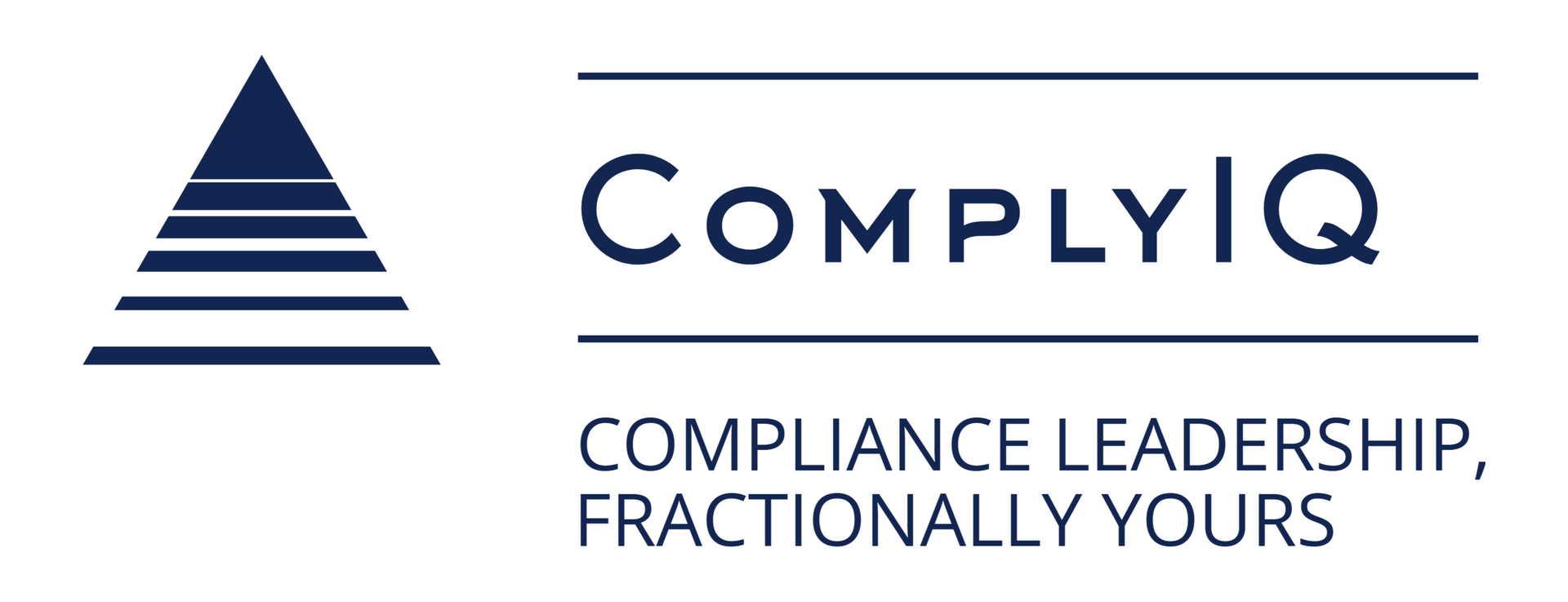The GENIUS Act: A 5-Step Compliance Guide for Fintechs
The GENIUS Act overview and a five-step playbook to map licensing, disclosures, AML, and exam readiness into sprint tasks your fintech team can action this quarter.

Introduction — Why the GENIUS Act matters
Launches can pause—fast.
The GENIUS Act landed federal rules that can delay fintech releases and raise exam risk for product teams and legal owners. This guide gives a five-step plan to assess obligations, map priorities, and convert compliance work into sprint tasks you can action this quarter.
In this guide you’ll get a plain-language overview, a step-by-step compliance playbook, a sprint checklist, and a short planning session to make the work executable.
What the GENIUS Act is — Plain quick overview
The GENIUS Act creates a federal regulatory structure for covered stablecoins and related digital payment services. It sets consumer‑protection duties, reserve and redemption requirements, AML expectations, licensing triggers, and reporting rules for issuers and intermediaries. Read the official bill text for exact language and deadlines: GENIUS Act text.
Law firms summarize the Act’s operative provisions and implementation tasks—use those memos to translate legal terms into product tasks: Covington analysis and Skadden insight.
Federal agencies that will interpret and enforce parts of the law include Treasury, CFPB, SEC, and FinCEN. The CFPB has flagged consumer priorities for digital payments: CFPB statement. The SEC has warned about securities-law overlap for some tokens: SEC statement.
Act now. Regulators and the market are moving quickly. News coverage shows legislative momentum and issuer responses that can set precedents you’ll follow: Reuters coverage. For product teams, plain-language explainers are useful to translate legalese into tasks: Investopedia explainer.
Key obligations and who it affects
Covered entities and product triggers
If your product custody customer funds, issues redeemable tokens, settles payments, or acts as a custody intermediary, you likely touch the Act. Map features—pooled reserves, instant redemptions, third‑party custody—to these triggers. Check recent regulator FAQs and orders to confirm scope.
If you’re David, the fintech COO, start by listing the features your team relies on for the next release. If you’re Eleanor, the General Counsel, check which contracts, disclosures, and license scopes will be reviewed first.
Use CSBS resources to understand state-federal interactions and money-transmitter context: CSBS MTMA guidance.
Core obligations explained simply
Expect obligations in five buckets: licensing, disclosures, data controls, vendor oversight, and AML/reporting. Each bucket aims to reduce consumer harm and make examinations straightforward. For each bucket, write one short memo sentence that answers: “Why this matters for launch?”
Example: “Disclosures — users must see how redemptions work or the CFPB may flag unfair practices.”
Refer to Treasury press release and FinCEN BSA overview for AML expectations.
Enforcement tools and likely penalties
Regulators can use fines, supervisory orders, cease-and-desist actions, or enforcement referrals. Look at recent actions against comparable products to size likely penalties.
Think practical: a supervisory order can pause a product line. A fine typically follows remediation and public findings. Academic work on market stability helps prioritize systemic features in your risk model: ArXiv stablecoin research.
Compliance framework — Step-by-step method
Follow this five-step plan. Each step ends with a short product tip you can apply in a sprint.
Step 1 — Conduct a GENIUS Act risk assessment
Map product features to statutory duties. Score each feature on three axes: consumer harm, financial exposure, and exam likelihood. Use a simple 1–5 scale. Include legal, product, engineering, and ops in a one-hour workshop. Collect evidence: data-flow diagrams, consent logs, vendor contracts, and current user disclosures. Use regulator FAQs and enforcement releases to justify ratings.
Produce a one-page decision memo that lists high-risk items, why they matter, and recommended fixes. That memo is your leadership pitch.
Product tip: Create a Jira epic called GENIUS‑Risk with labeled tickets for each high/medium risk item.
Step 2 — Design or update policies and procedures
Update 3–5 policy templates first: privacy/data governance, vendor management, customer disclosures, incident response, and AML rules. Draft plain-English disclosures that match timing rules from regulators.
Link policy approvals to your release gate so product teams can’t ship without a compliance sign-off. Attach policy versions to sprint artifacts in Notion or Confluence so engineers have the authoritative copy.
Product tip: Put the disclosure copy in a single source‑of‑truth file and require a compliance reviewer before any UI change that touches wording.
Step 3 — Build a 50-state licensing plan
Inventory current licenses and identify new state filings the Act may trigger. Tier states: immediate (high enforcement or revenue), near-term, optional. Estimate timelines and ballpark filing costs for each tier to get budget buy-in. Validate state interpretations by checking regulator web pages and recent orders. Use CSBS MTMA guidance and NMLS resources to track adoption and filing rules.
Mini case study: If State A has already taken enforcement action against similar issuers, put State A in the immediate tier even if revenue there is modest. That state’s enforcement history raises exam likelihood and should drive early filings.
Product tip: Build a one‑page dashboard showing tiers, owners, and target filing months for exec review.
Step 4 — Implement monitoring, testing, and controls
Set KPIs tied to compliance: disclosure delivery rates, failed redemptions, vendor exceptions, and suspicious activity alerts. Define a testing cadence: quarterly controls testing and an annual program audit. Instrument logs to capture redemption timestamps, reserve allocation changes, and vendor API errors. Automate exception reports and route them to a compliance inbox. Feed test results into release retrospectives to prevent repeat issues.
Use NIST Privacy Framework updates for technical controls and privacy expectations.
Product tip: Add a nightly job that reports any redemption failures and auto-opens a Jira ticket when failure count exceeds a threshold.
Step 5 — Prepare for exams and regulator engagement
Assemble an exam-ready binder: policies, risk assessments, controls evidence, remediation logs, and executive briefings. Run a mock exam with cross-functional stakeholders. Draft standardized regulator response templates and an escalation path.
Document product decisions that affect compliance so you can show intent and governance. Consider pre-filing conversations with regulators to reduce surprises. Use Skadden/Covington practical guidance when building your exam binder.
Product tip: Treat the binder like a flight manifest—everything an examiner will ask for must have a clear owner and timestamp.
Implementation checklist and Fractional CCO CTA
Sprint-level checklist you can run now
- Update consumer disclosure copy and publish in-app.
- Map redemption and reserve data flows.
- Add data-access logging for sensitive endpoints.
- Inventory vendor contracts and add audit rights.
- Create remediation tickets for disclosure timing gaps.
- Instrument an alert for failed redemptions.
- Draft a tiered state filing plan for top revenue states.
- Run a quarterly AML control test.
- Produce the one-page decision memo for leadership.
- Assemble initial exam binder and schedule a mock exam.
Assign owners, deadlines, and acceptance criteria in Jira. Run a 30/60/90-day plan and report progress at weekly leadership check-ins.
Common pitfalls and how to avoid them
Top mistakes: treating compliance as paperwork, delaying licensing until launch, ignoring test evidence, and under-scoping vendor risk. Simple fixes: embed compliance gates in your release flow, pre-file in priority states, enforce a strict testing cadence, and centralize vendor contracts with audit clauses. Use cross-functional playbooks to keep product and engineering accountable.
Don’t leave remediation to the last sprint. Pre-assign owners and acceptance criteria so fixes land before release.
FAQs
Does the GENIUS Act apply to international users? It depends on where you offer services and where the issuer is domiciled. Include cross-border flows in the risk assessment and check state and federal guidance.
Can one policy update cover all products? No. Tailor policies to product families and link each to product-level checklists to ensure operational compliance.
How long do state licensing filings take? Timelines vary. Priority states can take weeks to months; use CSBS resources to build ballpark estimates.
How should I document remediation for examiners? Keep remediation logs with dates, owners, evidence of fix, and verification tests. Add decision memos that show governance and intent.
How do I know my program is audit-ready? You have current policies, tested controls, documented remediation, and an exam binder with clear evidence. A clean mock exam is a strong signal.
Next steps and CTA
Run the five-step plan—risk assessment, policy updates, state filing tiers, monitoring and testing, exam prep—to turn GENIUS Act obligations into sprint-level tasks. Start by mapping your redemption flow and adding a disclosure gate in Jira.ur launches back on schedule.










